First time poster, couldn't find anything that totally solved my issue.
I'm working on a simulation for galactic colonisation for my masters project. A thing I'm trying to do is look a the voids of uncolonised stars left over after the simulation ends and to see if there is clustering behaviour past statistical fluctuations. As it is a monte-carlo numerical problem, a correlation function is no really appropriate so I am using the counts-in-cells method usually employed to look at galaxy clusters.
So I am working in cartesians
data = np.genfromtxt('counts.csv') # positions of uncolonsed stars
x = data[:,0]
y = data[:,1]
z = data[:,2]
What I want to do is use boxes of varying sizes to count the number of stars inside the box and compare to what the mean should be and do statistics on the results.
The direction I'm going in is looking at some sort of 3D histogram such as the bubble plot seen here. I tried this out and it doesn't seem to be binning all my data and I'm not sure why, i.e, the 'floor' of the cube has 'bubbles' but much of the 'roof' has nothing:

This is clearly wrong when you look at the plotted raw star field:

It looks like the bins at higher z values aren't holding any data. This is probably a pretty straightforward problemm but I am in need of some fresh eyes and minds that are better at python than I am.
Can anyone think as to how this is can be fixed? Also I'd like to find a way to count the number of points per box, i.e per bin.
I'm sorry if I'm being a bit dim but I appreciate any help any of you fine fellows can offer me.
Thanks chums!
